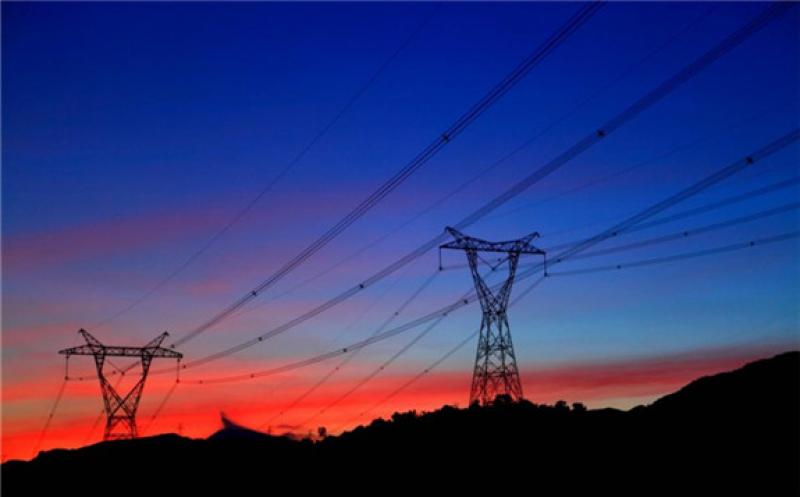ABB’s Power Grids business announced that it will be supplying advanced HVDC converter transformers and high-voltage equipment for three 800 kilovolt (kV), ultrahigh-voltage direct current (UHVDC) transmission links, owned by the State Grid Corporation of China (SGCC), in China. The links will help in integrating hydro, wind and solar power generation. Financial details were not disclosed.

The transmission links will be among the world’s most powerful, according to ABB. Each link will transport up to 8,000 megawatts (MW) of electricity.
The 1,700-kilometer Yazhong-Nanchang link is part of China’s West-East Electricity Transmission initiative. It helps the hydro-resource-rich Sichuan Province, Southwest China, to transmit green energy to the load center of Jiangxi Province in East China.
The 1,100-kilometer Shaanbei-Wuhan link marks an important step for SGCC in developing global UHVDC systems standards.
The 1,500-kilometer Qinghai-Henan project is a UHV channel specially designed for the transmission of clean energy, including solar and wind power.
ABB Power Grids said it will provide technologies to ensure and safeguard the reliable, efficient, and smooth transmission and distribution of electricity over these long-distance links – resulting in minimal losses and optimal power quality. Key technologies include HVDC converter transformers, components such as wall bushings, capacitor banks, dead tank breakers and HVDC switches.
ABB’s Power Grids provided SGCC’s first UHVDC transmission link. The 6,400 MW, 2,000 kilometer-long Xiangjiaba-Shanghai link, provides hydroelectric power from South West China to the bustling city of Shanghai.
Since then, ABB Power Grids has partnered with SGCC in several key projects.
UHVDC technology uses direct current (DC) electricity at extremely high voltages that can have as much as 40 percent lower losses than an equivalent conventional AC (alternating current) system, according to ABB. This means far less energy is wasted, more power reaches end users and carbon dioxide (CO2) emissions are reduced overall.
Once operational, the Qinghai-Henan project is estimated to reduce CO2 emissions by approximately 30 million tons per year – equivalent to over six million passenger cars being taken off the road(2).
“We are glad to see a recovery in demand for reliable and clean energy, as the Chinese economy gradually returns to normality following the COVID-19 outbreak. Ultrahigh-voltage electricity transmission, enabled by pioneering technologies from ABB, is a critical element of China’s vision of stronger and greener grids. We have full confidence in the resilience of China’s economy,” said Claudio Facchin, President of ABB’s Power Grids business.